Rammed Earth Construction
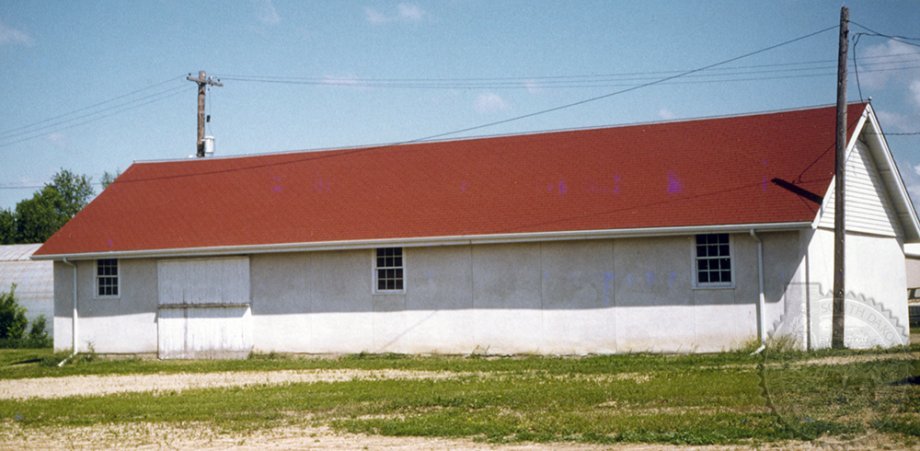
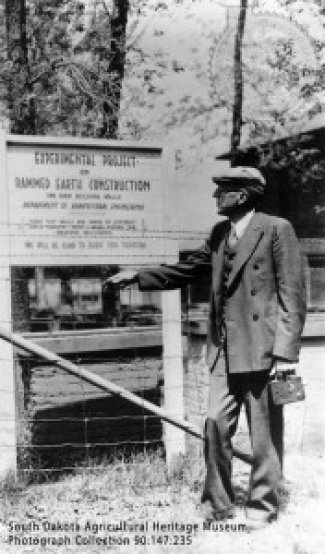
Rammed earth construction is an ancient building technique. It uses soil, clay, sand and water in specific quantities, tamped between forms (like concrete forms), to make a solid wall. Windows are often placed at the top of the wall because of the weight of the building material itself. In all cases at SDSU the walls are encapsulated in stucco to keep them away from weather. Water is the biggest enemy of rammed earth, with a good roof and sound stucco a rammed earth building can last for centuries.
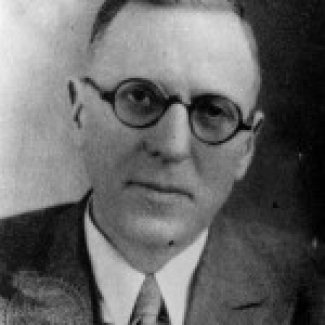
Ralph Patty, Chairman of the South Dakota State College Agricultural Engineering Department, supervised the rammed earth research at the college in the 1920s and 1930s. Patty’s research was published internationally as well as by the United States Department of Agriculture. The museum is the university depository for Patty’s research, which although not complete, is a great source of information about the early studies of this construction technique.
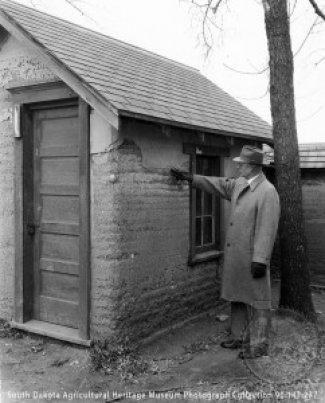
Henry H. Delong assisted Professor Patty with his research and supervised the construction of the building that bears his name: The H. H. DeLong Rammed Earth Building. Delong was one of the founding curators of the SD Agricultural Heritage Museum. Dr. Delong's publication about rammed earth construction is available online. Click here for details.
Rammed earth walls surrounding the President’s residence back yard and the area south of the Equine Education Unit demonstrates various types of rammed earth construction and were used to study the long-term effects of South Dakota’s climate on this building material. The museum’s rammed earth archive is available to researchers interested in the early literature and historical research associated with rammed earth at SDSU. Appointments are required to visit the archive.
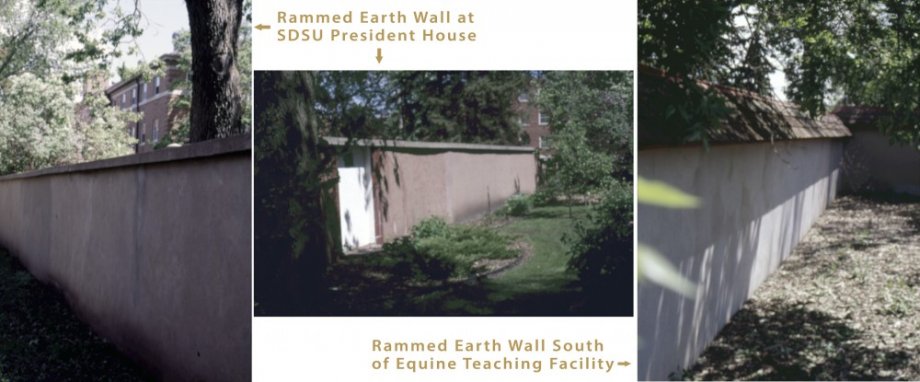
Links of interest
- Lecture with Dr. Steve Burroughs about Rammed Earth at SDSU and abroad.
- Rammed Earth Development
- Rammed Earth in Australia
- Rammed Earth for Solar Design
- Terra Firma, Rammed Walls Limited
- Green Earth Builders Rammed Earth Works
- Sirewall
- North America Rammed Earth Builders Association
- Rammed Earth Consulting
- Clifton Schooley - Rammed Earth Home Designers and Builders Rammed Earth Building Course - UK
- Rammed Earth Collection from Open Prairie

